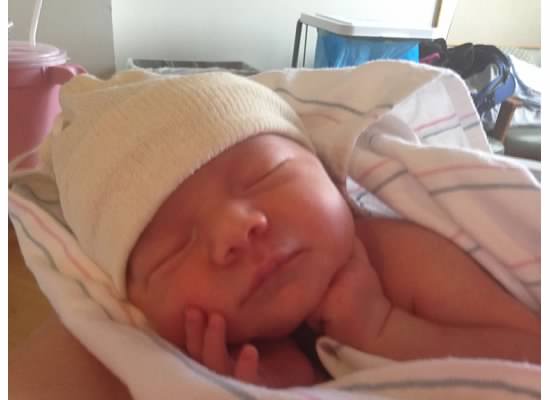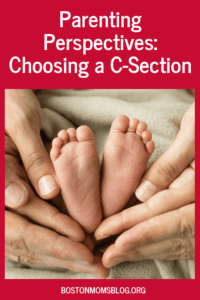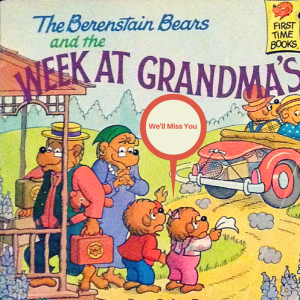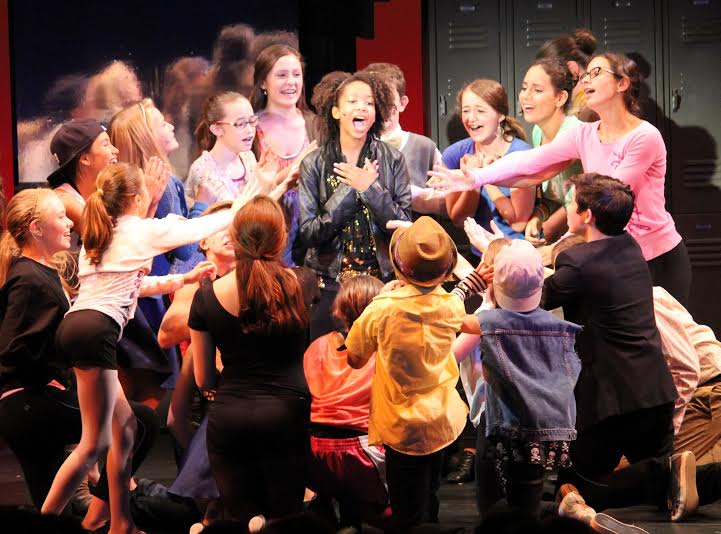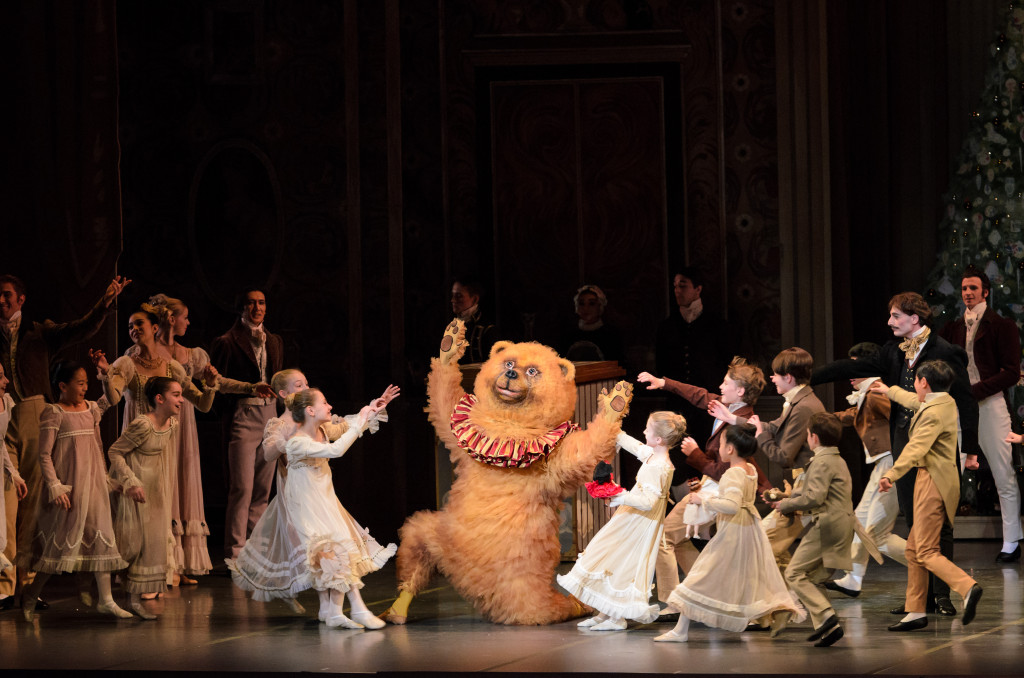 I started CrossFitting five months before I became pregnant with my daughter. It never once crossed my mind to stop exercising, and with the blessing of my midwives, my coaches, and the powers that be on the internets, I continued to work out four or five times a week. When I was about five months pregnant, I was told by a peer I needed to stop exercising if I wanted to have a healthy baby, and that she could give me “dozens” of stories of women who exercised while pregnant and ended up having babies with massive deformities, including missing limbs. I went home that night and cried. Had I been selfish in thinking I could continue exercising? Had I damaged my baby by continuing to CrossFit (albeit modified to accommodate my changing body)?
I started CrossFitting five months before I became pregnant with my daughter. It never once crossed my mind to stop exercising, and with the blessing of my midwives, my coaches, and the powers that be on the internets, I continued to work out four or five times a week. When I was about five months pregnant, I was told by a peer I needed to stop exercising if I wanted to have a healthy baby, and that she could give me “dozens” of stories of women who exercised while pregnant and ended up having babies with massive deformities, including missing limbs. I went home that night and cried. Had I been selfish in thinking I could continue exercising? Had I damaged my baby by continuing to CrossFit (albeit modified to accommodate my changing body)?
It should come as no surprise that not only was my coworker out of line to make such comments, her reprimand was completely unfounded and downright ridiculous. Once I calmed down and began to think things through a bit more (I am an historian by training, so I always think in historical context), I remembered that women have technically exercised while pregnant for centuries. The majority of women have experienced physically demanding work in fields, gardens, and homes. When pregnancy happened, a woman didn’t sit on a couch, eating ice cream and watching Netflix. Yet so many women today are afraid to exercise while pregnant for fear that it will hurt the unborn baby, and despite research to the contrary, the myth that a woman should not be physically active while pregnant still exists. Many women are told not to get their heart rates up, strength training is foolish, any signs of trouble mean you have to stop exercising, and if you’ve never exercised before, pregnancy is not the time to start. I’ve already written about some of the benefits women experience when they continue to exercise while pregnant, but what about the unborn child? The previous schools of thought believed babies were passive participants during physical maternal activity. Now we know that when a mother works out, her unborn baby gets a workout too! Here are some benefits a baby enjoys when his or her mother exercises during pregnancy:
1. Better brain development 
According to a study completed at the University of Montreal, pregnant women who kept to an exercise regime throughout their pregnancy had babies whose brains were more fully developed in the first week or two of life. It didn’t take much exercise — researchers found that as little as 20 minutes of physical activity three times a week can advance a newborn’s brain activity.
2. Stronger hearts
A study recently published in “Experimental Physiology” showed that babies born to mothers who exercised while pregnant develop more “resilient and efficient” arteries, which leads to stronger hearts. This means vulnerability to heart disease or other cardiovascular diseases throughout the child’s life may be reduced. Another study out of North Carolina found that in utero, babies with mothers who exercised had lower and more varied heart rates, another indication of a healthy heart. Bottom line? If you exercise while pregnant, it could benefit your child’s heart for the rest of his or her life. As heart disease is the leading cause of death in America, the exercise you do now could reduce your child’s chance of a heart attack in the future.
3. Lower body fat
Babies born to mothers who exercised while pregnant tend to have lower body fat and weigh less than babies born to mothers who didn’t, according to a study in the “Journal of Pediatrics.” This is a great first step to combatting the child obesity epidemic that’s currently plaguing American children — approximately 20 percent of America’s youth are obese.
4. Other benefits
- Researchers at the University of Adelaide in Australia found that women who eat a healthy diet and exercise while pregnant had shorter hospital stays, and their babies had a lower chance of developing infant respiratory distress syndrome, a condition in which fluid fills in the lung’s air sacs.
- A study from the University of Virginia found that exercise during pregnancy could reduce an unborn child’s chance of developing diabetes, schizophrenia, and a range of other diseases later in life.
- According to the “Journal of Pediatrics,” women who exercised while pregnant had children who performed better on intelligence tests than children of non-exercising mothers, and they had stronger oral language skills than their peers.
It’s time to throw the myth out the window and embrace physical activity while pregnant.
 When you exercise while pregnant, make sure you use common sense. I always make sure I eat protein before and after a workout, I have plenty of water with me while I work out, and I am aware of my breathing as I exercise. And most importantly, I listen to my body.
When you exercise while pregnant, make sure you use common sense. I always make sure I eat protein before and after a workout, I have plenty of water with me while I work out, and I am aware of my breathing as I exercise. And most importantly, I listen to my body.
If something doesn’t feel right, stop and call your OB or midwife. Chances are, you’ll be able to continue some form of physical activity, even if it has to be modified. Talk to a certified trainer who can help you make exercise accommodations for your changing body. If you’ve never exercised before pregnancy, don’t dismay — you can still work out while pregnant, and you and your unborn baby can still reap these benefits. While it might not be the time to train for a marathon or start a boot camp regime, walking, swimming, and prenatal yoga are all excellent exercises that you can start at any time, regardless of your level of fitness before pregnancy. And it doesn’t take much; even walking for 30 minutes five times a week brings incredible advantages to both mother and baby. While it’s important to discuss your exercise routine with your OB or midwife, it’s time to put on your sneakers and put your unborn baby’s health first.



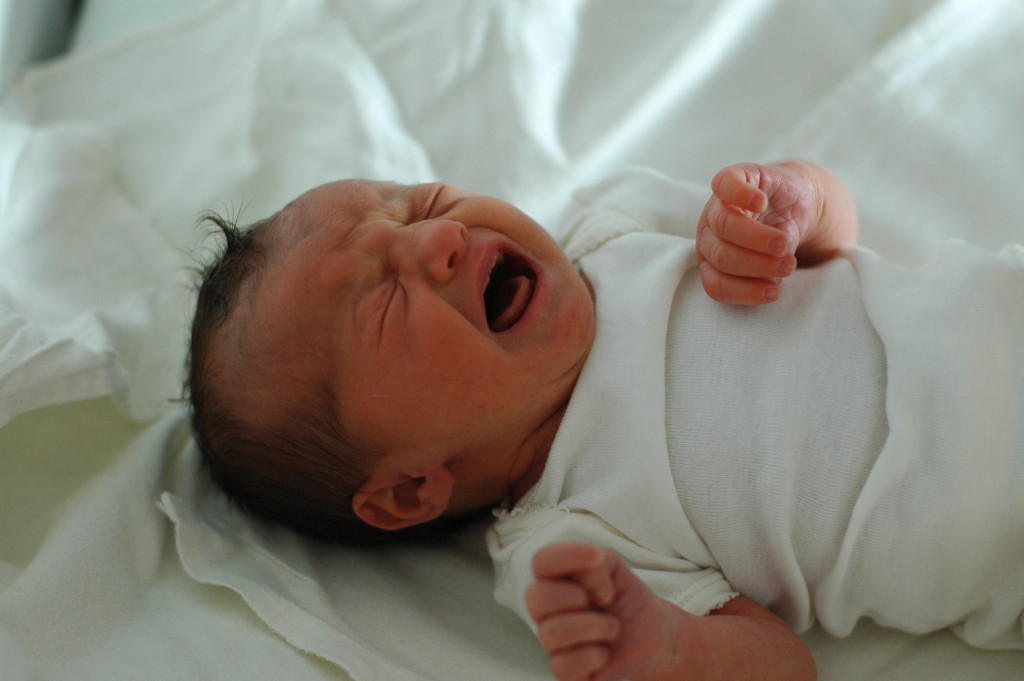



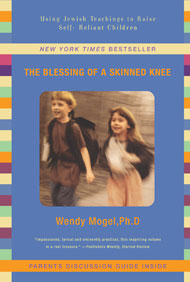


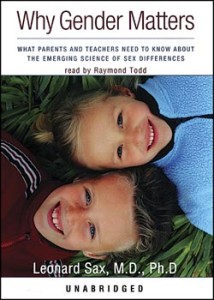



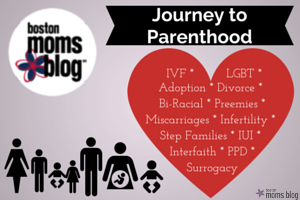
 Anyone who has given birth knows that my fantasy was just that — a fantasy. The perfect birth I had concocted in my mind was quickly turned upside down as I was rushed down the hallway for an emergency C-section. Fear quickly took over, and the only glistening glow that existed on my face came from the tears rolling down my cheeks. It was a frightening experience, but I delivered a healthy baby boy. I longed to hold him. I longed to be enveloped in the emotional bond that would soon flood my heart.
Anyone who has given birth knows that my fantasy was just that — a fantasy. The perfect birth I had concocted in my mind was quickly turned upside down as I was rushed down the hallway for an emergency C-section. Fear quickly took over, and the only glistening glow that existed on my face came from the tears rolling down my cheeks. It was a frightening experience, but I delivered a healthy baby boy. I longed to hold him. I longed to be enveloped in the emotional bond that would soon flood my heart.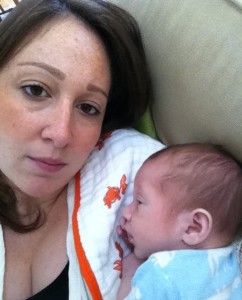 We spent six days in the hospital then packed up our new little person and went home. I was tired, hormonal, and recovering from surgery. Friends came and went, grandparents visited daily. Everyone said, “Isn’t this the best?” I smiled and nodded, unable to say how I really felt — embarrassed that I was not feeling what I and everyone else expected me to feel. I questioned myself: Was I a bad mother? Was something wrong? Could I be experiencing postpartum depression? All I had ever dreamed about was this special bond, and it was virtually absent from my experience thus far. I was secretly devastated.
We spent six days in the hospital then packed up our new little person and went home. I was tired, hormonal, and recovering from surgery. Friends came and went, grandparents visited daily. Everyone said, “Isn’t this the best?” I smiled and nodded, unable to say how I really felt — embarrassed that I was not feeling what I and everyone else expected me to feel. I questioned myself: Was I a bad mother? Was something wrong? Could I be experiencing postpartum depression? All I had ever dreamed about was this special bond, and it was virtually absent from my experience thus far. I was secretly devastated. The connection that developed over those next few months and continues to develop with each passing day is something I will never be able to fully convey, but it’s a connection every mother eventually understands. It is a binding link between souls from deep within. It is inexplicably all consuming, and it was definitely worth the wait.
The connection that developed over those next few months and continues to develop with each passing day is something I will never be able to fully convey, but it’s a connection every mother eventually understands. It is a binding link between souls from deep within. It is inexplicably all consuming, and it was definitely worth the wait.


